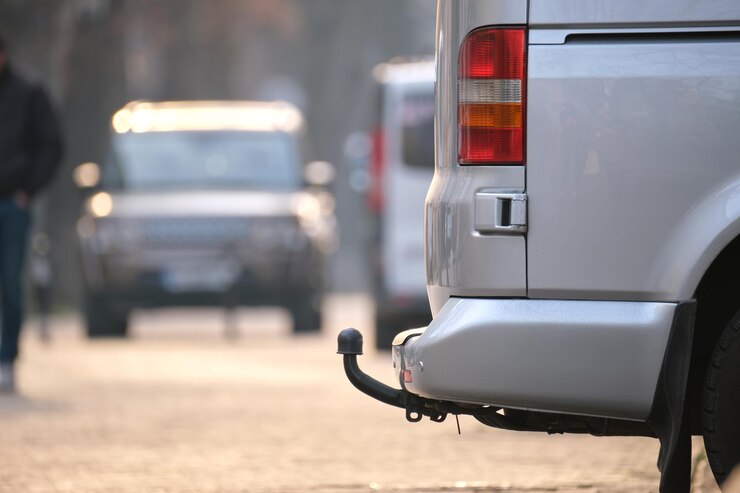When towing a trailer or heavy load, maintaining stability and control is crucial for safe and comfortable driving. Many modern vehicles are equipped with towing stability control systems designed to enhance stability and prevent trailer sway. However, there may be instances when you encounter warning lights related to the towing stability control system on your vehicle’s dashboard. In this article, we will provide a troubleshooting guide to help you address common issues associated with towing stability control warning lights.
- Understand the Towing Stability Control System: Towing stability control systems utilize various sensors, including accelerometers, yaw sensors, and wheel speed sensors, to monitor the vehicle’s movements and detect trailer sway. When the system detects excessive sway or instability, it may apply selective braking to specific wheels or adjust engine power to help bring the vehicle and trailer back under control.
- Identify the Warning Light: The towing stability control warning light may appear on your vehicle’s dashboard to indicate a problem with the system. The warning light can vary depending on the vehicle make and model but is typically represented by an icon showing a vehicle towing a trailer or a trailer with wavy lines indicating sway. Consult your vehicle’s owner’s manual for specific details on the warning light’s appearance.
- Check Trailer Connections: Ensure that the trailer is properly connected to your vehicle. Check the hitch, safety chains, electrical connectors, and any weight distribution or sway control devices to ensure they are securely attached and in good condition. Loose or faulty connections can trigger the towing stability control warning light.
- Verify Trailer Weight and Load Distribution: Make sure that the trailer is loaded properly and within the recommended weight limits specified by your vehicle’s manufacturer. Improper weight distribution can lead to instability and trigger the towing stability control system. Ensure that the load is balanced and that the trailer’s tongue weight is within the recommended range.
- Check Tire Pressures: Ensure that the tires on both your vehicle and the trailer are properly inflated. Underinflated tires can affect stability and increase the likelihood of trailer sway. Refer to the vehicle and trailer manufacturer’s recommendations for the correct tire pressures.
- Adjust Driving Behavior: When towing a trailer, it is important to adjust your driving behavior to account for the increased weight and size. Avoid sudden maneuvers, maintain a safe speed, and leave plenty of space between your vehicle and others on the road. Gradual and smooth acceleration, braking, and steering inputs will help maintain stability and minimize the chances of triggering the towing stability control system.
- Seek Professional Assistance: If the towing stability control warning light persists or if you are unable to identify and address the issue on your own, it is recommended to seek professional assistance. A qualified mechanic or dealership technician will have the necessary diagnostic tools and expertise to diagnose and repair any problems with the towing stability control system.
Regular maintenance and proper setup are key to ensuring the optimal performance of your towing stability control system. By following the troubleshooting guide outlined above, you can address common issues associated with towing stability control warning lights and help maintain stability and control while towing. Remember, safety should always be your top priority when towing, and addressing any warning lights promptly will contribute to a safer towing experience.











